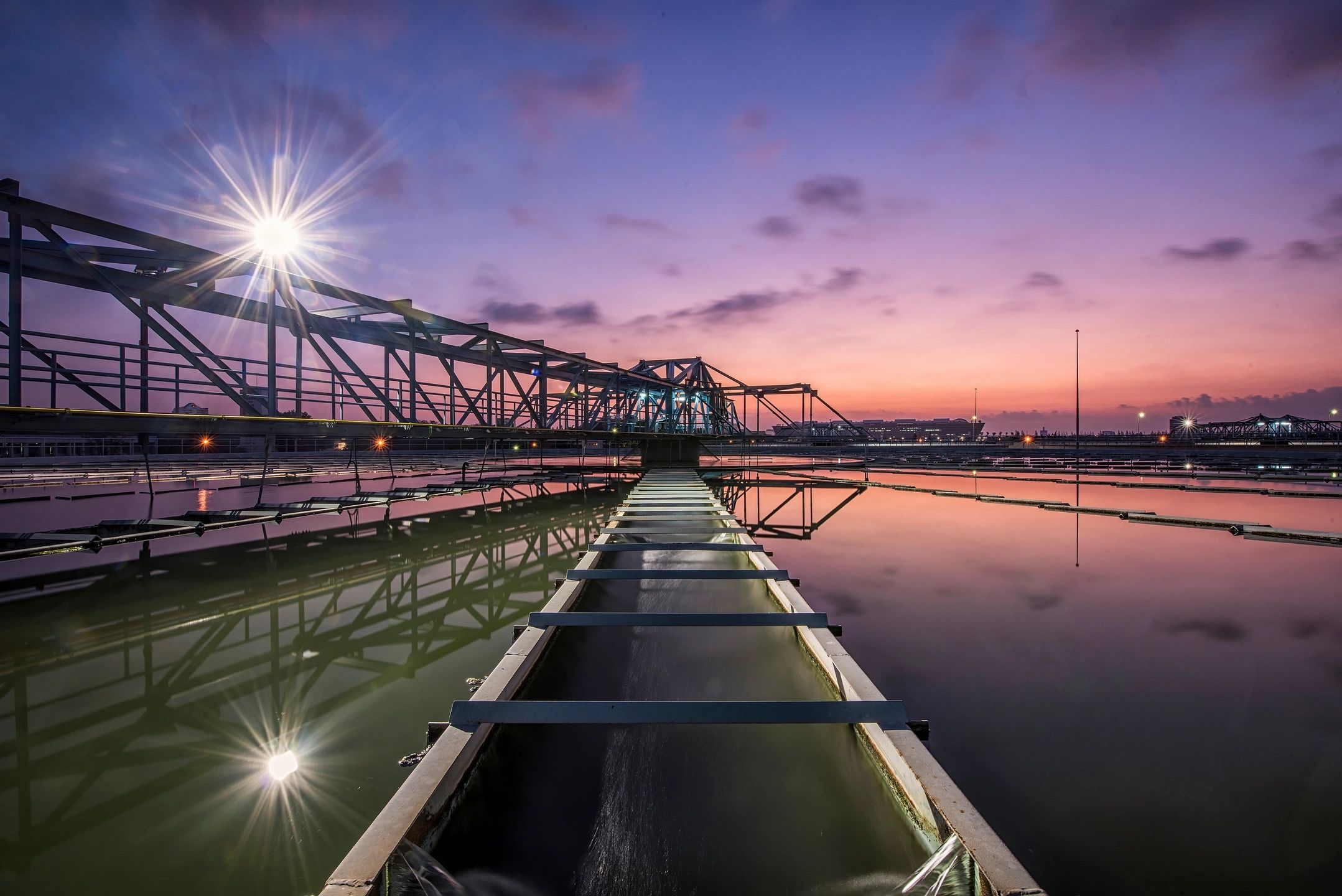May has started off with a lot of regulatory activity around water, including two water bills approved by the Senate Committee: America’s Water Infrastructure Act of 2020 and the Drinking Water Infrastructure Act of 2020.
In addition, the long awaited Supreme Court decision on groundwater discharges is detailed below, as well as two final rules regarding air monitoring requirements at power plants and leak thresholds at remediation sites.
SCOTUS decision on CWA case
The U.S. Supreme Court issued a ruling in the County of Maui v. Hawaii Wildlife Fund case. The central question in the case was whether discharges to groundwater that in turn enters a navigable water requires a National Pollutant Discharge Elimination System (NPDES) Permit under the Clean Water Act (CWA). The court ruled that the CWA requires a permit when there is a direct discharge from a point source into navigable waters or when there is the functional equivalent of a direct discharge. The court left the job of defining functional equivalency up to the EPA or through future court decisions.
CAA monitoring requirements relaxed
Because of pandemic-related travel, access, and safety issues for power plant personnel performing monitoring and tasks related to the Clean Air Act (CAA), the EPA issued an interim final rule that will provide flexibility. The interim final rule does not suspend existing requirements; however, it does allow owners and operators to utilize actual monitored data instead of the substitute data typically required.
Leak thresholds amended for site remediation facilities
In a final rule, the EPA issued its Residual Risk and Technology Review (RTR) for the site remediation source category regulated under the CWA’s National Emissions Standards for Hazardous Air Pollutants (NESHAP). EPA’s review determines whether public health and environment criteria are being satisfied and considers developments in practices, processes, and control technologies.


